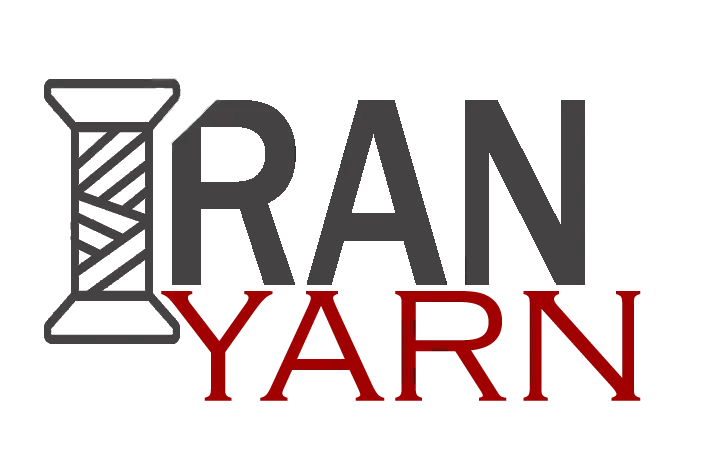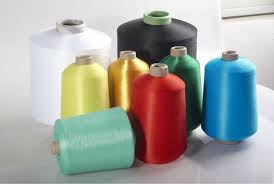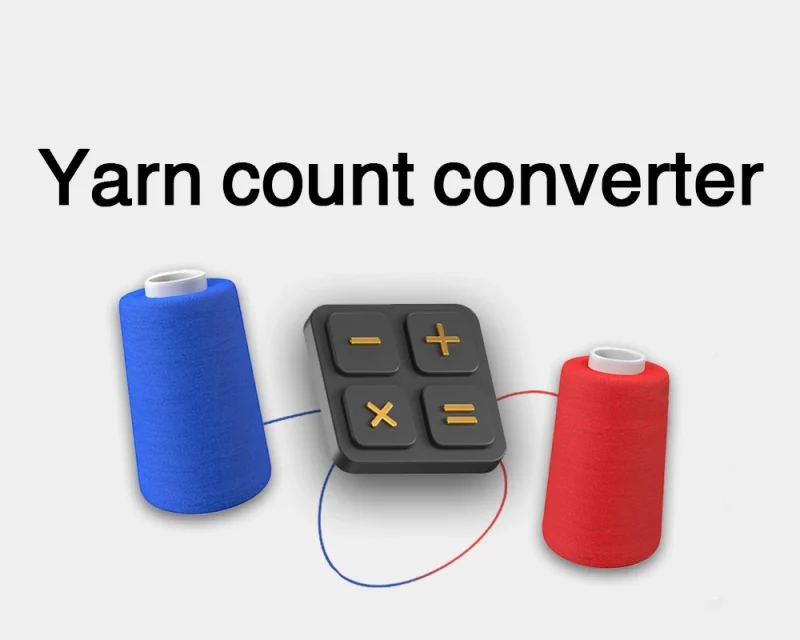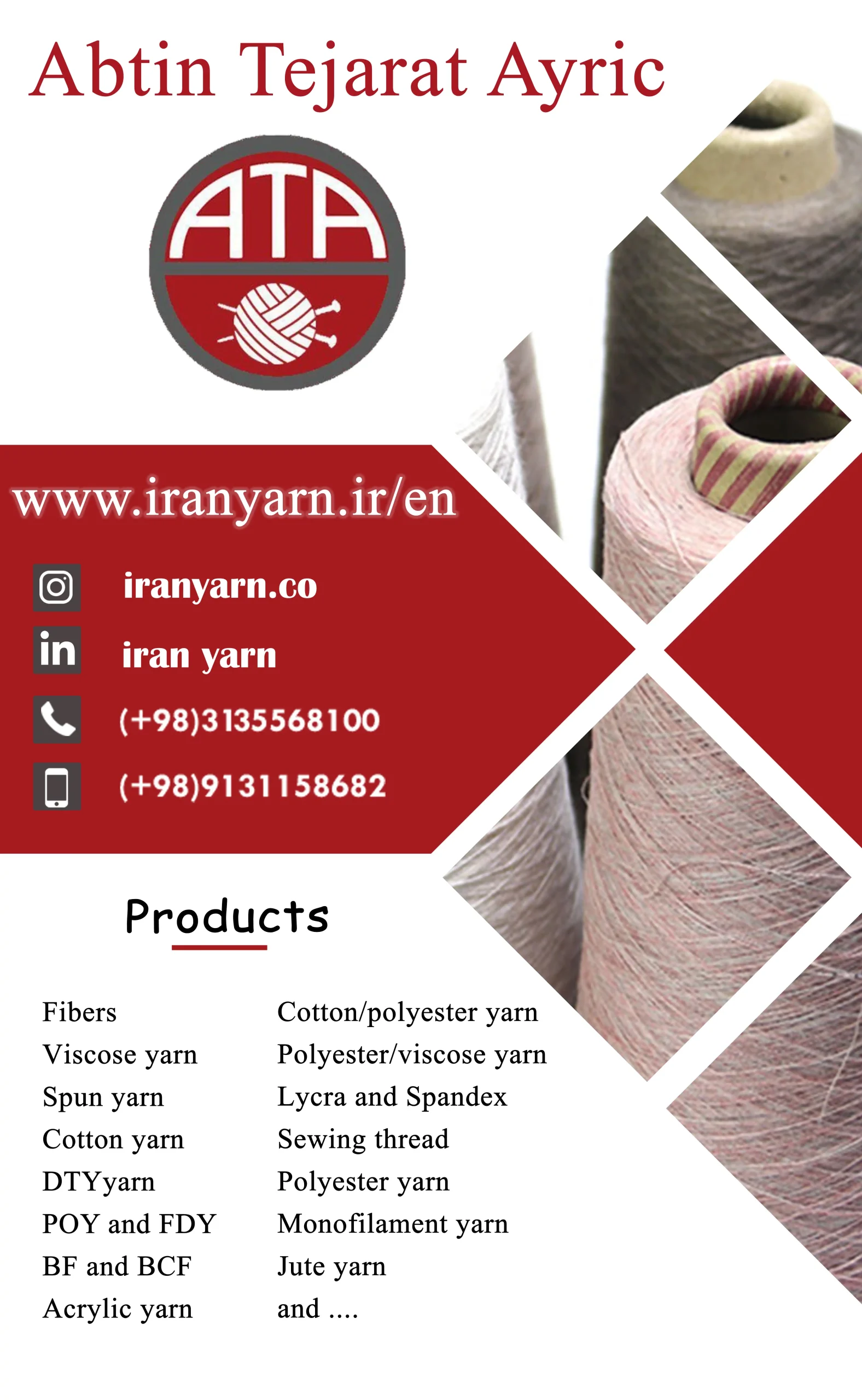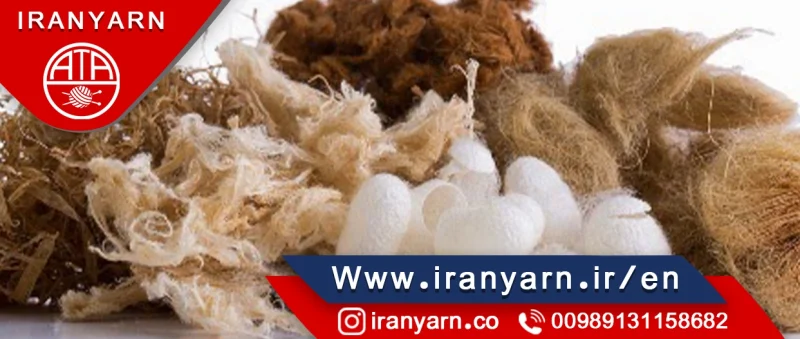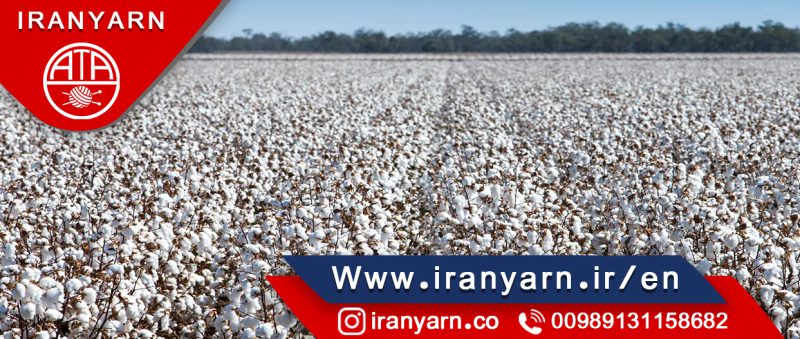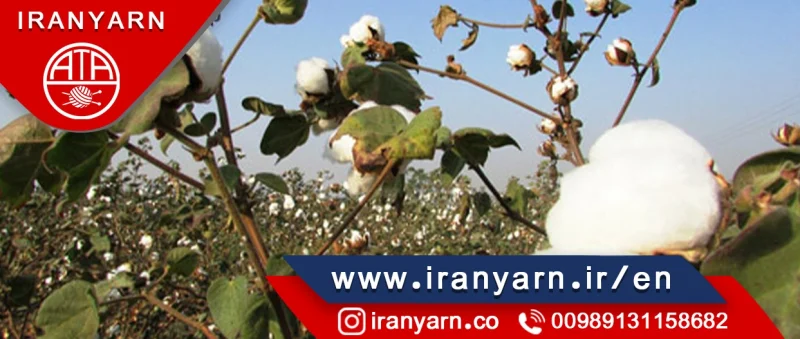polyester yarn processing
Polyester is a category of polymers that contain the ester functional group in their main chain. As a specific material, it most commonly refers to a type called polyethylene terephthalate (PET). Polyesters include naturally occurring chemicals, such as in the cutin of plant cuticles, as well as synthetics through step-growth polymerization such as polybutyrate. Natural polyesters and a few synthetic ones are biodegradable, but most synthetic polyesters are not.
Depending on the chemical structure, polyester can be a thermoplastic or thermoset. There are also polyester resins cured by hardeners; however, the most common polyesters are thermoplastics.
Fabrics woven or knitted from polyester thread or yarn are used extensively in apparel and home furnishings, from shirts and pants to jackets and hats, bed sheets, blankets, upholstered furniture and computer mouse mats. Industrial polyester fibers, yarns and ropes are used in tyre reinforcements, fabrics for conveyor belts, safety belts, coated fabrics and plastic reinforcements with high-energy absorption. Polyester fiber is used as cushioning and insulating material in pillows, comforters and upholstery padding. Polyesters are also used to make bottles, films, tarpaulin, canoes, liquid crystal displays, holograms, filters, dielectric film for capacitors, film insulation for wire and insulating tapes. Polyesters are widely used as a finish on high-quality wood products such as guitars, pianos and vehicle/yacht interiors. Thixotropic properties of spray-applicable polyesters make them ideal for use on open-grain timbers, as they can quickly fill wood grain, with a high-build film thickness per coat. Cured polyesters can be sanded and polished to a high-gloss, durable finish.
While synthetic clothing in general is perceived by many as having a less natural feel compared to fabrics woven from natural fibers (such as cotton and wool)[citation needed], polyester fabrics can provide specific advantages over natural fabrics, such as improved wrinkle resistance, durability and high color retention. As a result, polyester fibers are sometimes spun together with natural fibers to produce a cloth with blended properties. Synthetic fibers also can create materials with superior water, wind and environmental resistance compared to plant-derived fibers, and are sometimes renamed so as to suggest their similarity or even superiority to natural fibers (for example, China silk, which is a term in the textiles industry for a 100% polyester fiber woven to resemble the sheet and durability of insect-derived silk Liquid crystalline polyesters are among the first industrially used liquid crystal polymers. They are used for their mechanical properties and heat-resistance. These traits are also important in their application as an abradable seal in jet engines.
Types of Polyester
The polyester fibers are generally available in two varieties- PET (polyethylene terephthalate) and PCDT (poly-1, 4-cyclohexylene-dimethylene terephthalate). PET is the most common production. It is stronger than PCDT, while PCDT has more elasticity and resilience. PET can be used alone or blended with other fabrics for making wrinkle free and stain resistant clothing that can retain its shape. PCDT is more suitable for heavier applications, such as draperies and furniture coverings. Modifications can be introduced in each of these varieties for obtaining specific properties.
PET Polyester
PET Polyester For manufacturing PET Polyester, the main raw material is ethylene derived from petroleum. It is oxidized to produce a glycol monomer dihydric alcohol which is further combined with another monomer, terephthalic acid at a high temperature in a vacuum. Polymerization, the chemical process that produces the finished polyester, is done with the help of catalysts. The colorless molten polyester then flows from a slot in a vessel on to a casting wheel and takes shape of a ribbon as it cools to hardness. The polymer thus produced is then cut into very small chips, dried to remove all moisture and blended to make it uniform for getting it ready for spinning into yarn.
PCDT Polyester
PCDT Polyester This variation of polyester is made by condensing terephthalic acid with 1, 4-cyclohexane-dimethanol to form poly-1, 4-cyclohexylene-dimethylene terephthalate or the PCDT Polyester. As for PET Polyester, PCDT is processed for melt spinning.
Spinning
Spinning Machine Polymer chips are melted at 500-518°F (260-270°C) to form a syrup-like solution. The molten polymer is then extruded through a spinneret and the filaments are subsequently drawn into the desired polyester fiber. Variations are introduced to obtain desired end results. Spinnerets having hole of different shapes such as round, trilobal, pentalobal, hexalobal or octalobal can be used for special effects like opacity, luster or its suppression, wicking, comfort or feel. Hollow fibers may be produced to make it lightweight and for providing greater cushioning or insulative properties. Crepe effect can be obtained through crimps. Certain additives may also be combined with the spinning solutions for specific properties. Delusterant can be added to make the fiber dull, a flame retardant may be added or certain other antistatic substance may also be included.
Drawing
Drawing Thread & yarn After extrusion from the spinneret, the fibers are drawn or elongated, with the help of godet wheels. Depending upon the desired properties, the polyester fibers are usually drawn up to five times its original length. For higher tenacity, the filaments are drawn to a greater extent. When the fibers come in contact with the air, they solidify. Usually, the PET fibers are drawn hot as it produces more uniform fibers. PCDT fibers are drawn at higher temperature due to their higher melting point. During the drawing process itself, fibers may be textured which saves time, efforts and production cost and also gives greater quality control over the finished fibers. After the polyester yarn is drawn, it is wound on large bobbins or flat-wound packages, ready to be woven into material.
Types of Polyester Yarns
The polyester yarns have a wide range of diameters and staple lengths. The yarns are made basically as monofilament yarns, multifilament yarns and spun yarns.
Filament Yarns
Filament Yarns PET Polyester is used to make filament yarns either in monofilament or multifilament forms. The direction and amount of twists are decided by the desired end use. The properties are also pre-determined. There are various types of such yarns. There is the bright, regular tenacity polyester yarn having light, stretch and sag resistance, used for sheer lightweight fabrics like tulle, voile and organdy. The regular tenacity semi dull yarn used for various apparels including lingerie. Its more dull version is used for shirts and blouses. Polyester yarns resistant to various chemicals, and micro organisms are produced from high tenacity fibers for such industrial uses as conveyor belts, ropes and nets etc.
Textured Yarns
These yarns are made of PET multifilaments. Texturizing is either done along with the drawing process or afterwards during throwing or texturizing process.
Spun Yarns
They are made of staple or cut PET or PCDT polyester fibers. The staple may be bright, semi dull or dull and tenacity may be regular, mid or high. It may be polished to reduce crimp and increase luster. It may either be spun alone or blended with other staple such as cotton, wool or rayon and then spun into yarn.
Application of Polyester
Polyester Dress Polyester is used in manufacturing of many products, such as clothing, home furnishings, industrial fabrics, computer, recording tapes, and electrical insulation. It has several advantages over traditional fabrics as it does not absorb moisture. Its low absorbency also makes it naturally resistant to stains. Polyester clothing can be preshrunk in the finishing process. This makes it resist shrinking and it doesn't stretch out of shape. The fabric can be dyed easily, and is mildew resistant too. Textured polyester fibers are an effective, nonallergenic insulator, thus it is used for filling pillows, quilting, outerwear, and sleeping bags.
